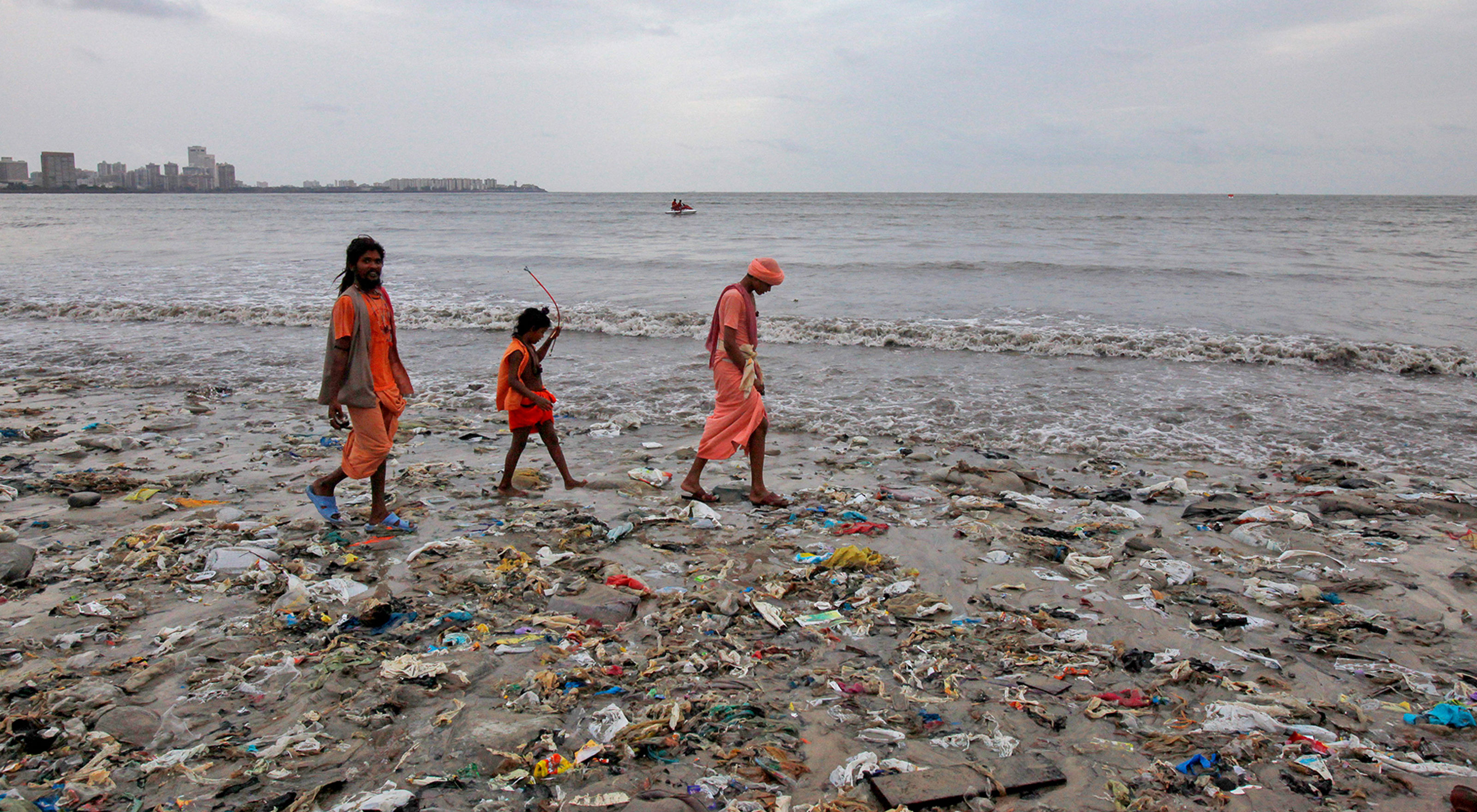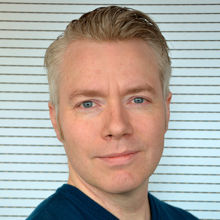- NGI /
- Projects /
- WEATHER-MIC /
- WP5
WP 5 - Model validation and field evaluation
Collect sediment cores and water column samples and match predictions in size distribution and profiles of MP with model predictions.

The objectives of WP 5 are to:
- collect sediment cores and water column samples in Oslo Harbor and the Baltic Sea
- analyze the MP content in the sediment cores and water column and compare with WP2 tests
- match predictions in size distribution and profiles of MP with WP4 model predictions
Task 5.1. Collection of sediment cores, water column samples, and water profiles
For the Oslo Harbour, either the research vessel "Trygve Braarud" or the NGI vessel ("FF Jolla") will be rented out for the collection of water column samples, sediment cores, and the measurement of various hydrological parameters, making use of synergies with the existing RCN-funded project “FANTOM”. Four areas will be selected as sampling stations that are unique in their potential MP contamination levels (e.g. near a water treatment plant, near shipyards where sandblasting is common, river outlets, recreational beaches, and in known sediment basins that accumulate terrestrial organic matter, all in areas where the sediment is not disturbed by boat paths).
The design of this cruise will be based on earlier cruises by NGI (e.g. Arp et al. Environ. Toxicol. Chem. 2011, 30, 843 and Lepland et al. Mar. Pollut. Bull. 2010, 60, 1512). Additional sampling areas to assess hydrological parameters will be included. 10 cm sediment cores will be obtained in triplicate with a gravity corer with a 7 cm diameter and plastic core liner. Obtained core samples will be stored with seawater on top to limit disturbances in the soft (organic and MP-rich) sediment surface layer. The samples will then be subdivided at 5 cm resolution.
The water column at the sampling stations will be sampled at three different depth levels at each sampling location using a neuston net or bongo/zooplankton net (mesh size of 300 μm or finer) and a fine mesh filter for the surface microlayer. For the Baltic Sea, 10 cm core samples will be obtained from the Ladsort Deep and 1-2 coastal stations. The water column will be sampled in these stations as part of WP3.
At the Oslo Harbour and Baltic Sea sampling locations, profiles of important hydrology parameters will be measured (i.e. water temperature, salinity, turbidity (type SAIV), conductivity, Redox), an Acoustic Doppler current profiler (ADCP) RDCP600 from Anderaa (http://www.aanderaa.com/media/pdfs/RDCP-600.pdf). The number of hydrology sampling stations will be selected based on the WP4 model validation requirements (WP5).
Task 5.2. MP fingerprinting analysis
The collected sediment and water column samples will be divided in two, with one portion reserved for plastic quantification using traditional methods and the other half for additional analysis including imaging studies. Initially, plastics and organic matter will be separated from sediments using density separation (Hidalgo-Ruz 2012). Sediments will be mixed with fresh water in 1L flasks, and the supernatant will be separated. Then a super-saline solution will be added (such as saturated sodium iodide with a density > 1.5 g/cm3), shaken and the supernatant collected after some settling.
The supernatants from the sediment, as well as the samples from the water column mesh, will be further separated into different-size fractions via cascade sieving. The particle morphology of resulting sieved particles will be assessed with a microscope at NGI.
Subsamples of separated plastics, sediment, and water column will be sent to IKTS and SU for analysis using fingerprinting methods that have been developed and validated in WP1. The chemical analysis methods will be done at ACES / SU. Particle size distribution, morphology, and particle form parameters will be analyzed in dynamic image analysis. The particle form analysis will be used to determine the presence of particles or aggregates. In order to compare the properties of particles the surface charge of selected samples is investigated, which will provide information on weathering and biofouling.
The analysis will be done both at high and low content of salt, to investigate possible changes in agglomeration behavior. Analysis by SEM or light microscopy will be performed on samples that appear unique, to achieve high-resolution images at the nm - μm scale.
The results will be compared to the artificial weathering "fingerprinting" experiments in WP1 and WP2, to interpret the principle cause of weathering. A particular focus will be to compare fingerprints in the surface particles, water column particles, and settled sediment particles.
Task 5.3. Validation of MP transport model
While the distribution of microplastics is largely driven by winds and ocean currents, the processes by which MPs travel, particularly in the water column and sediments, are not well known (Browne et al. 2012). The transport model elaborated in WP 4 can shed light on this question, once it is validated. However, there are two major hurdles in doing so: First, it is not usually possible to determine when, where and in which form an MP particle contained in a sample entered the sea. Second, the weathering and settling times of MPs are long, necessitating very long simulation times during which small computational errors can accumulate.
For this reason, the best strategy for model validation will have to be decided once the collected samples from Task 5.1 have been analyzed in Task 5.2. We anticipate the most promising MP particles for which the origin can be localized with high confidence and reasonable assumptions can be made concerning the discharge rate as a function of time.
We plan to simulate the fate of a pulse release of (macro- or micro)plastic particles over as long a period as practically feasible, using typical average wind data. If the discharge of MPs at the source is approximately constant (e.g., at a water treatment plant), the vertical concentration profile output from many different stages of the simulation can be added for all monitoring locations in a suitable way. Thus we obtain concentration ratios between the sampling locations that we can compare to the measurements.
Based on our experience from this test, we will investigate whether a dedicated experiment can be devised that involves the controlled release of environmentally benign and traceable MPs or another flocculating material, combined with more detailed concentration and hydrodynamic measurements.
